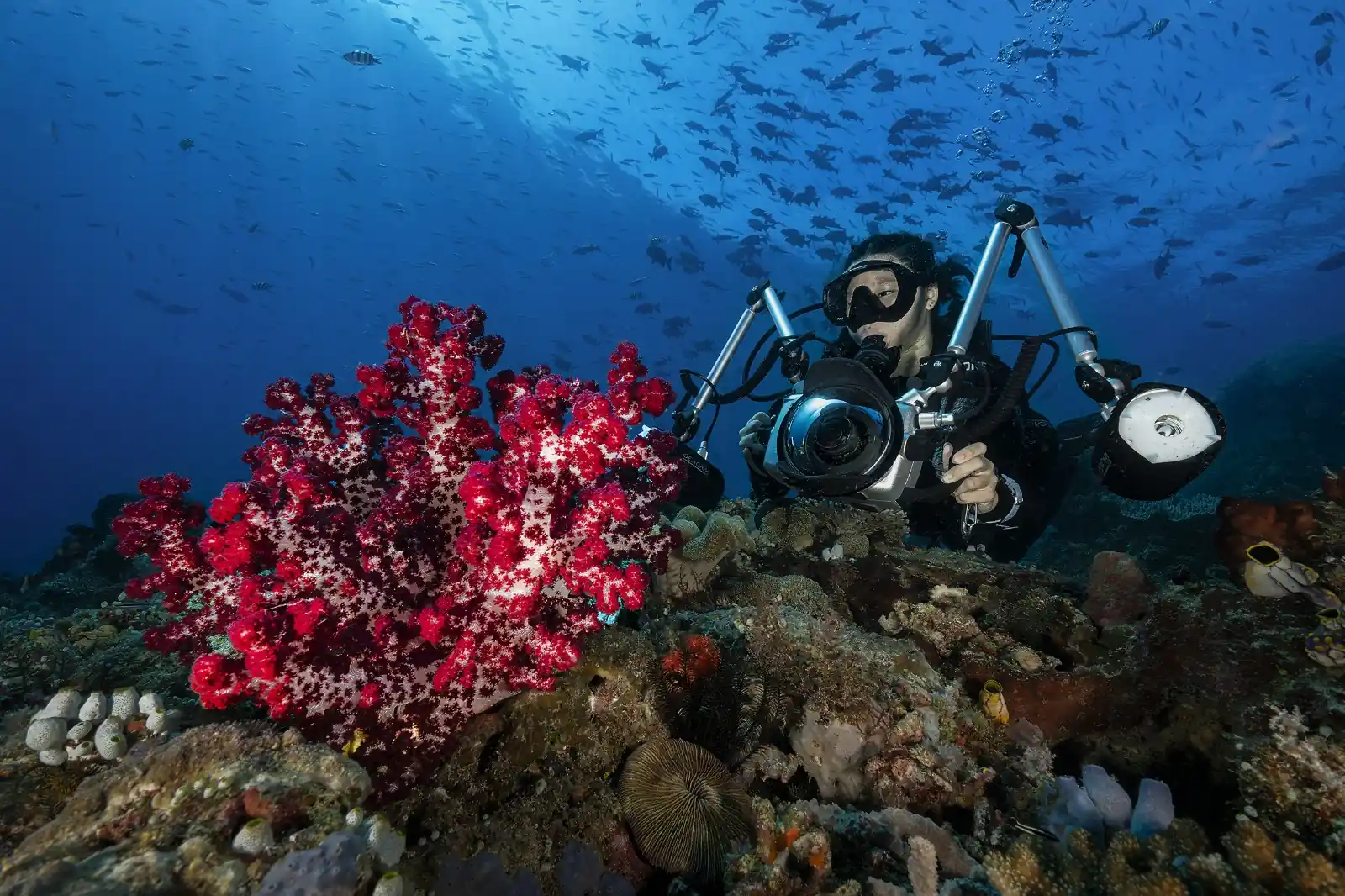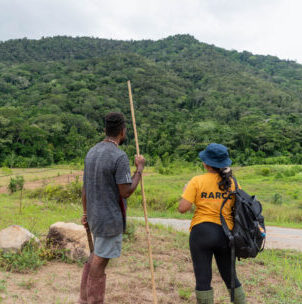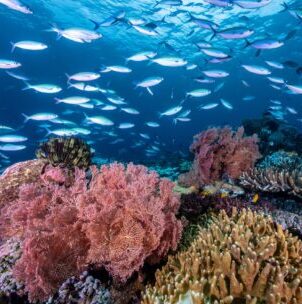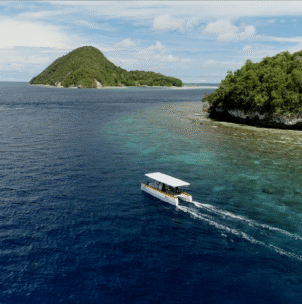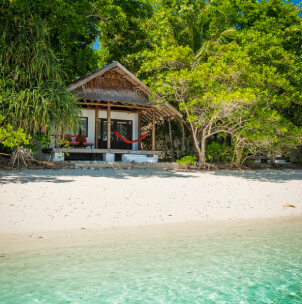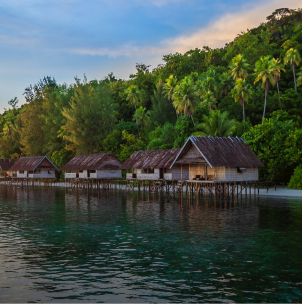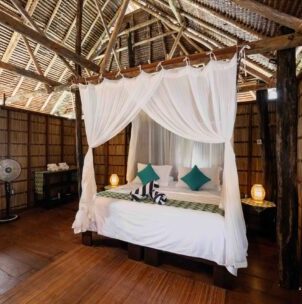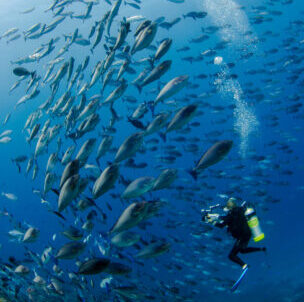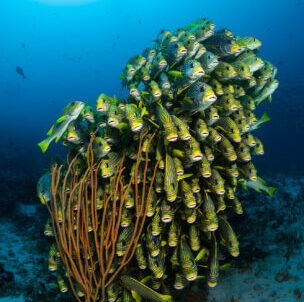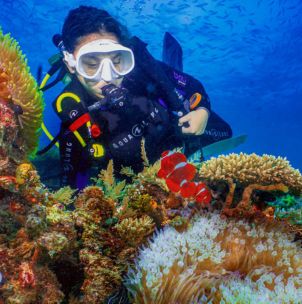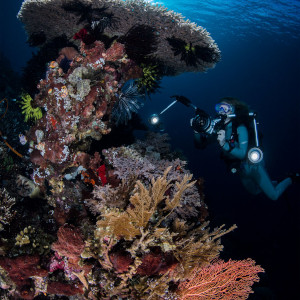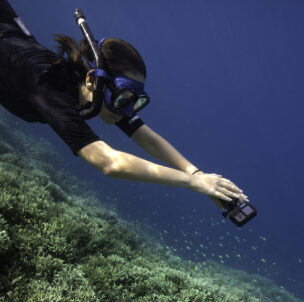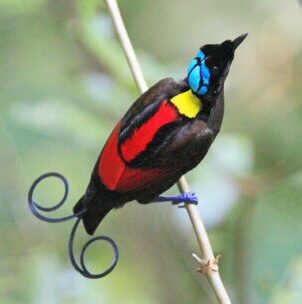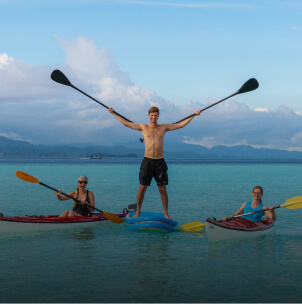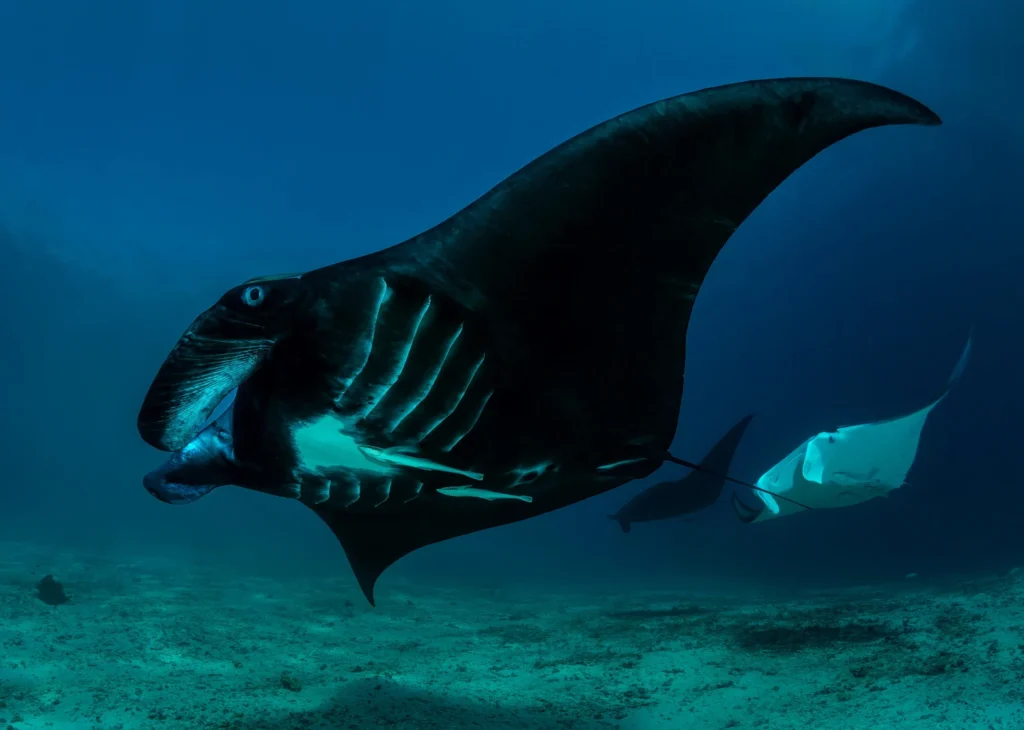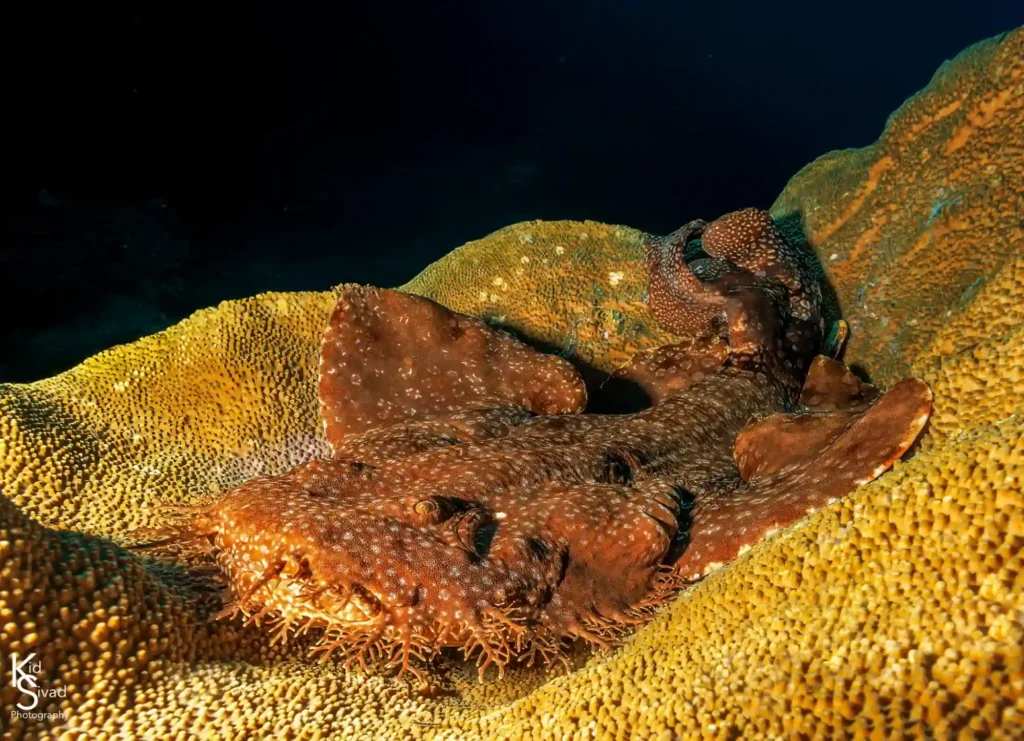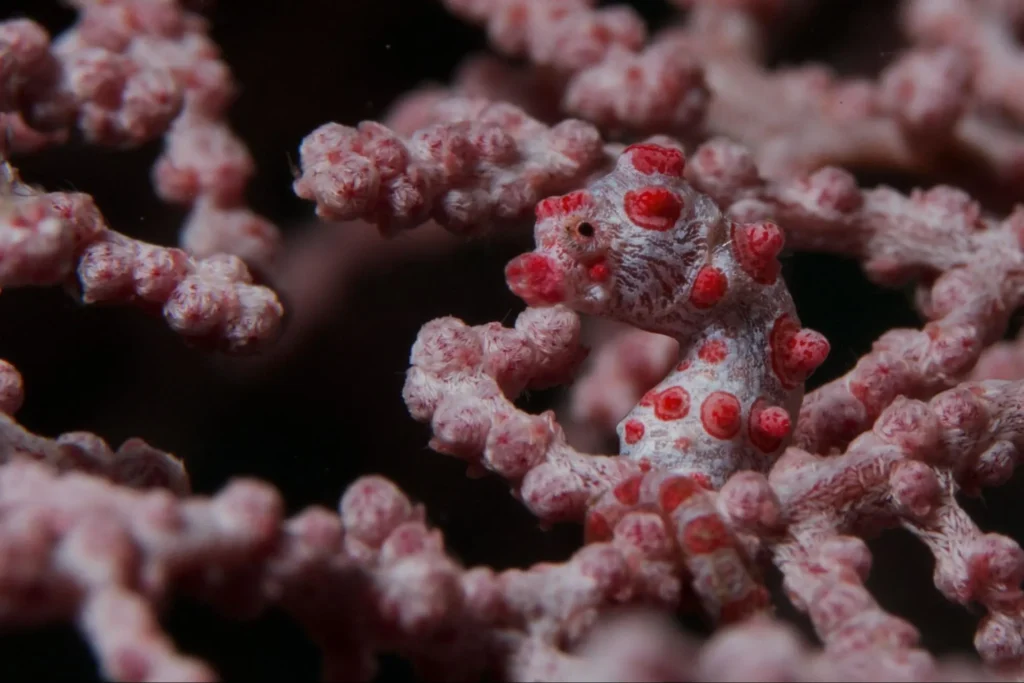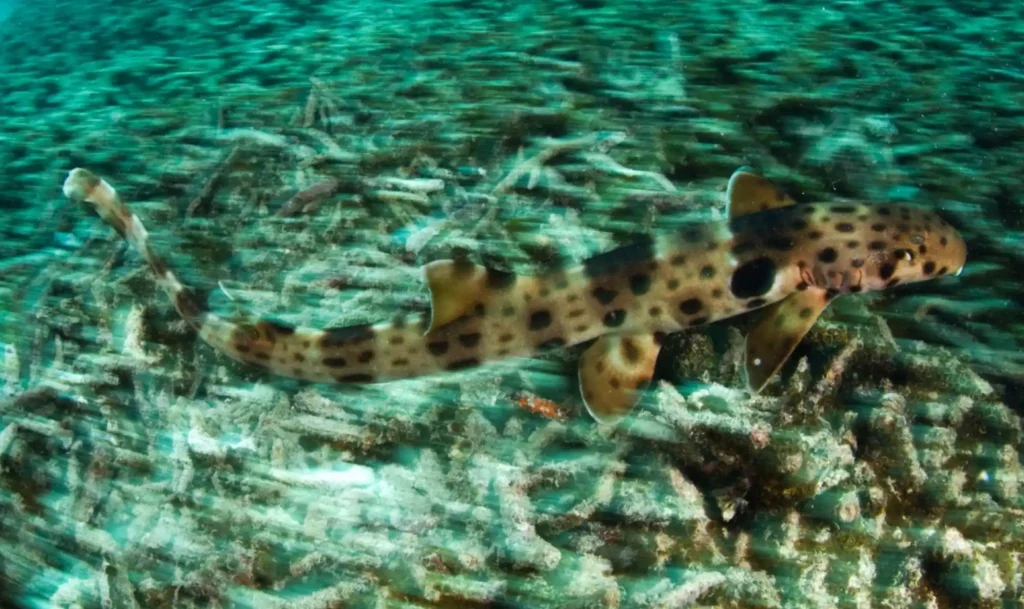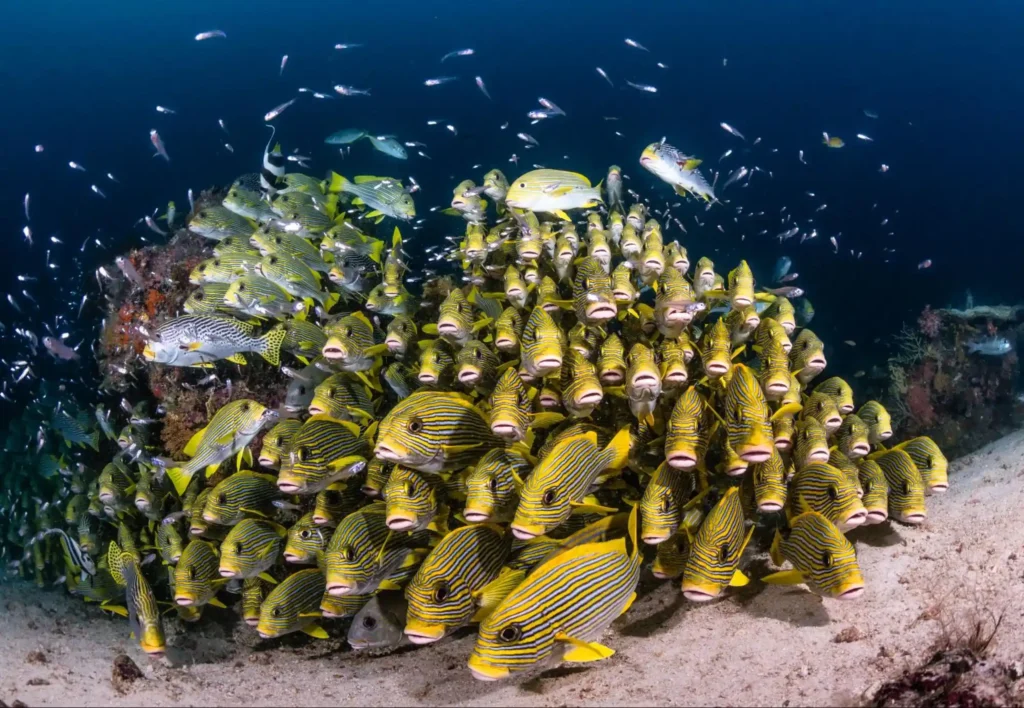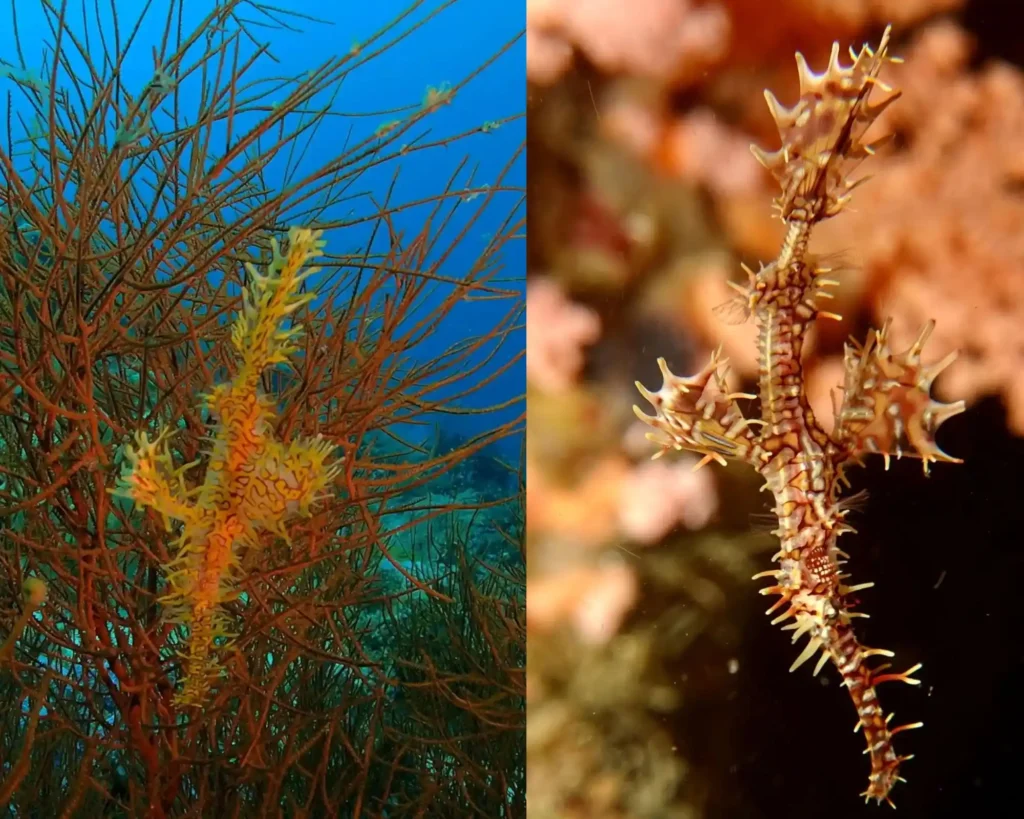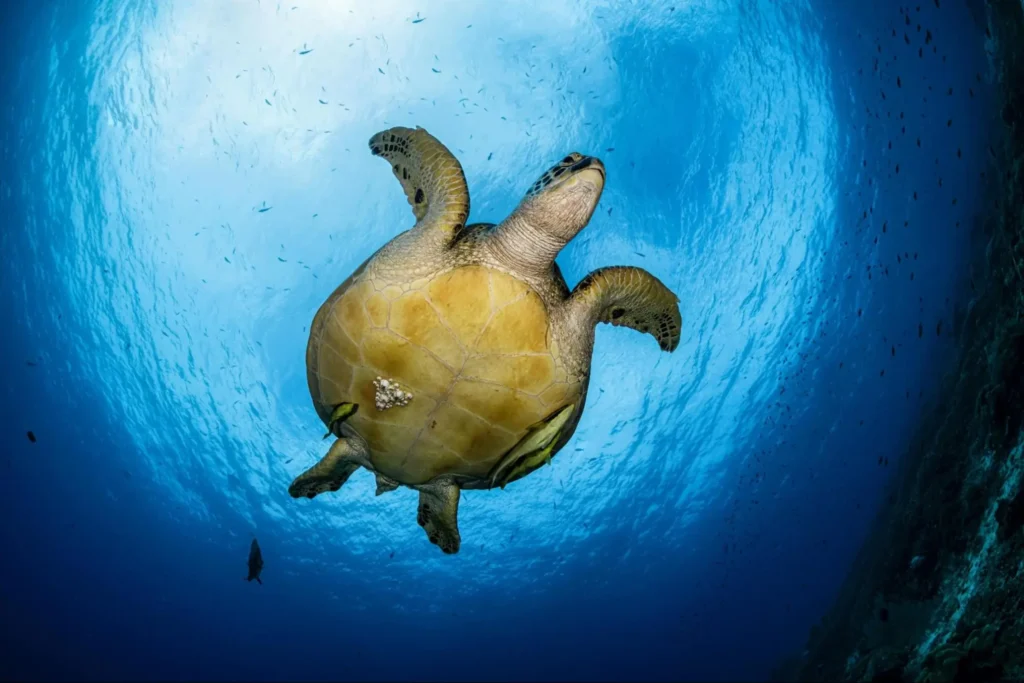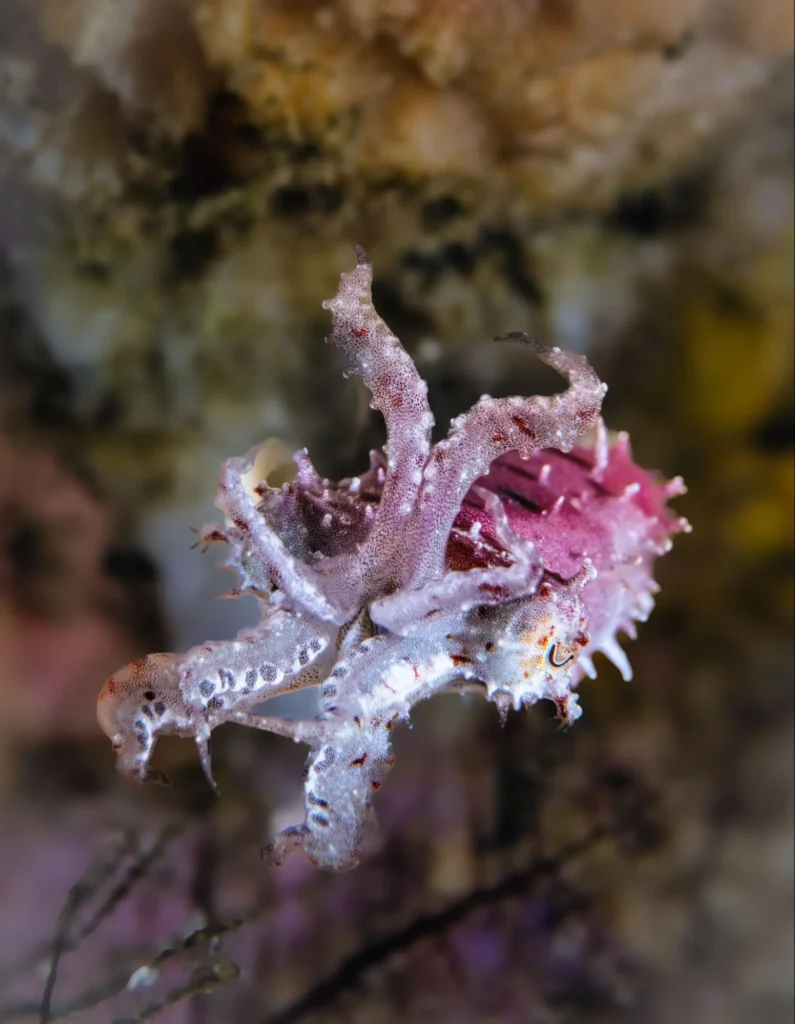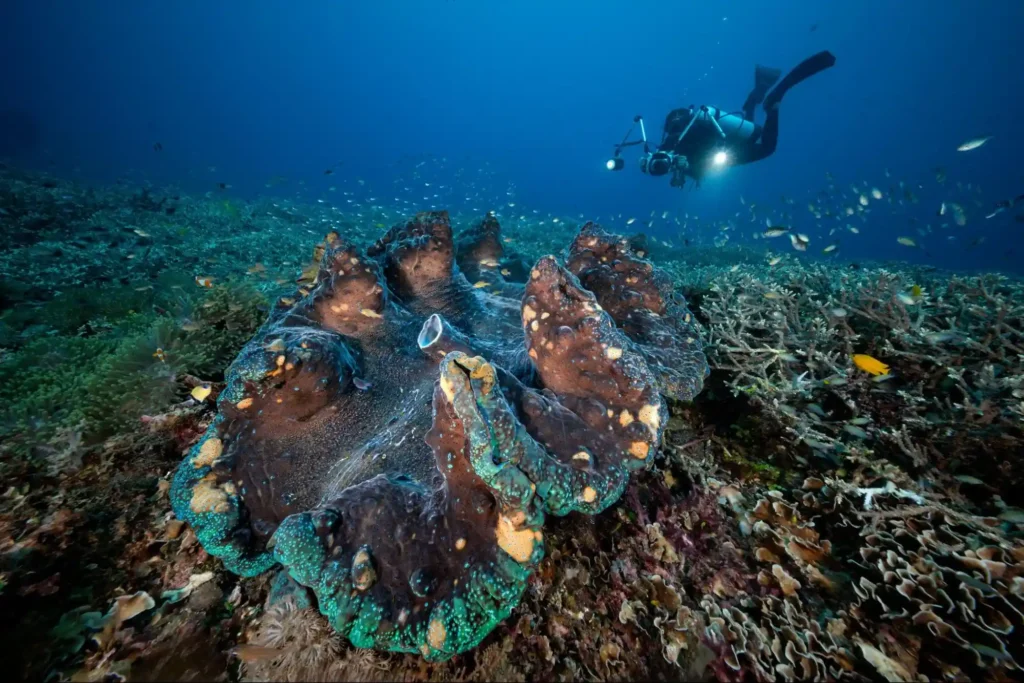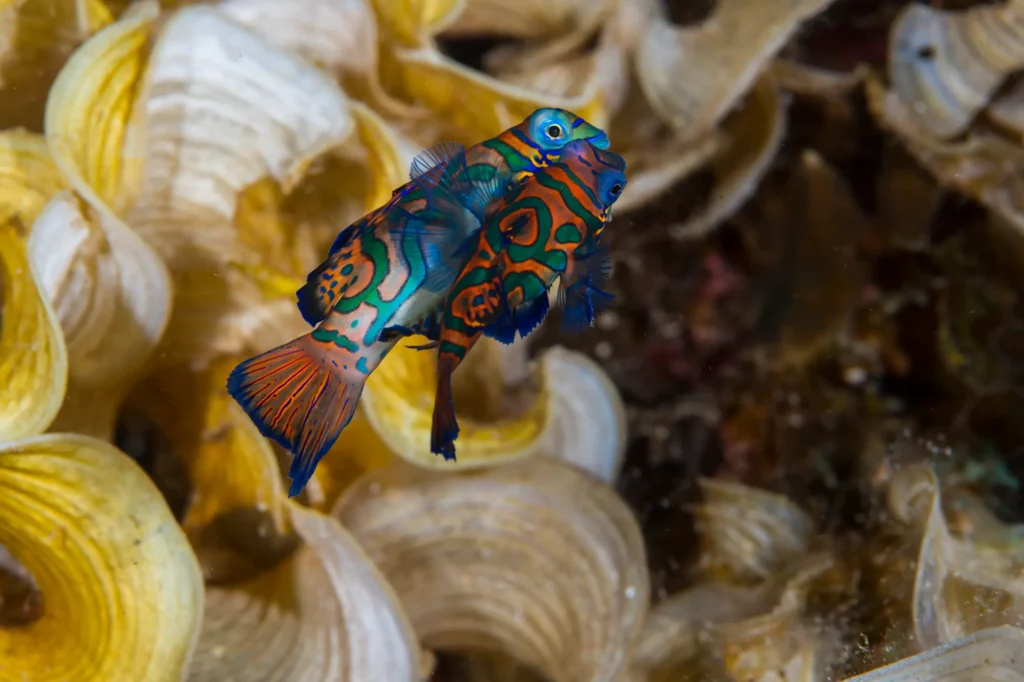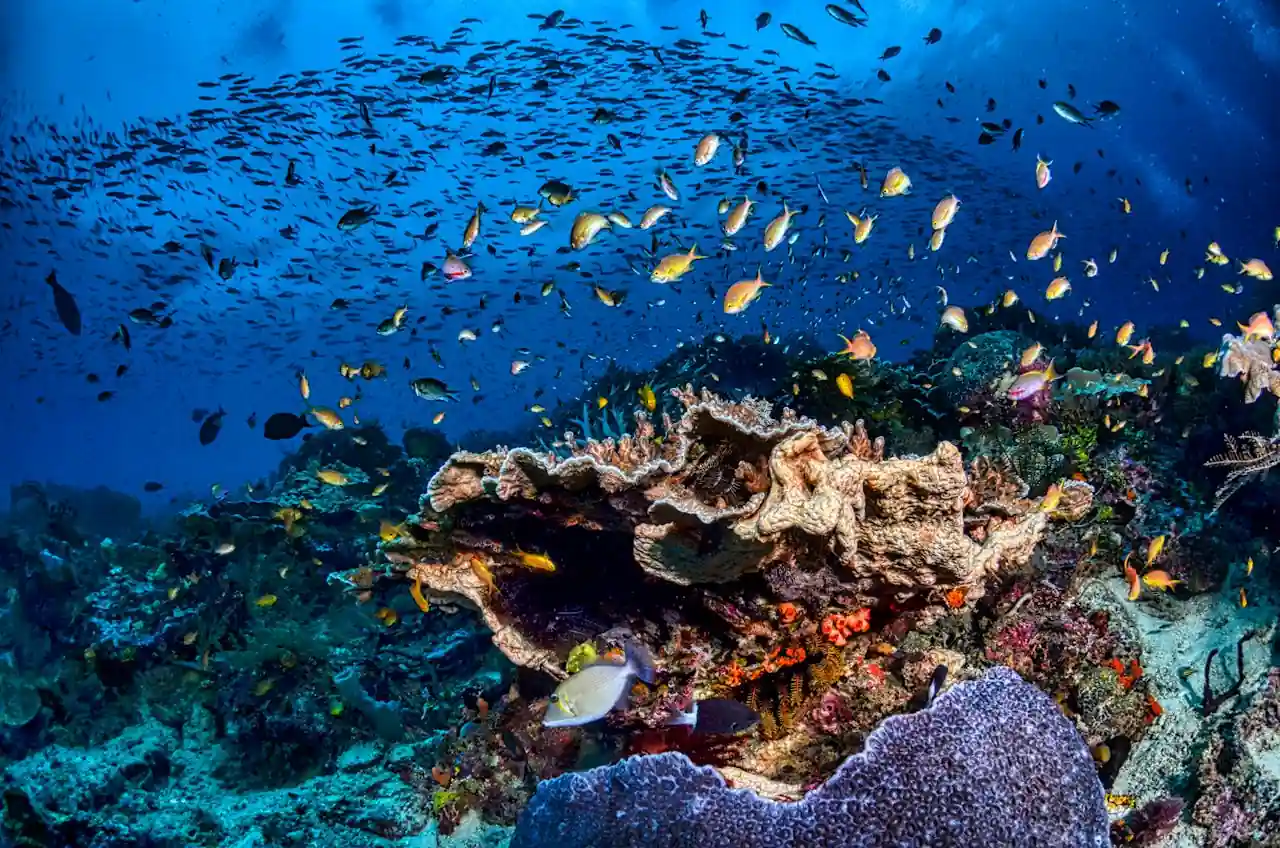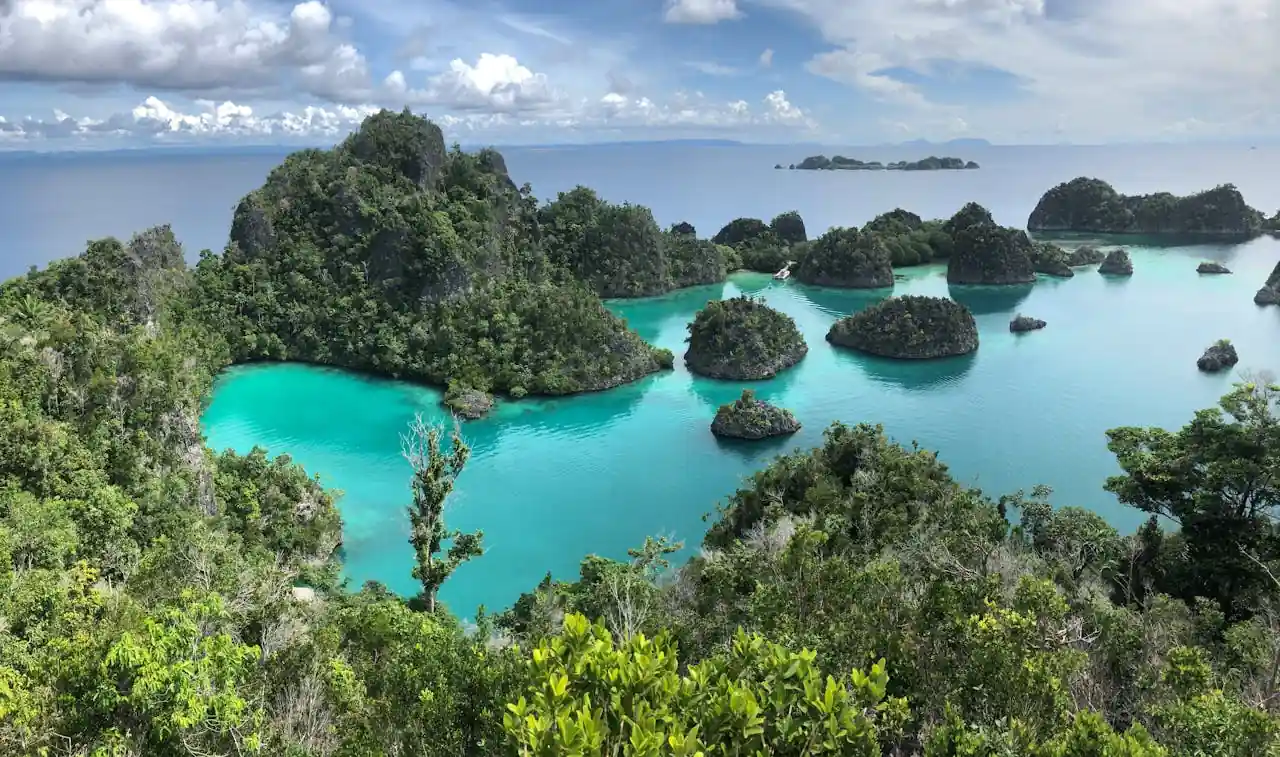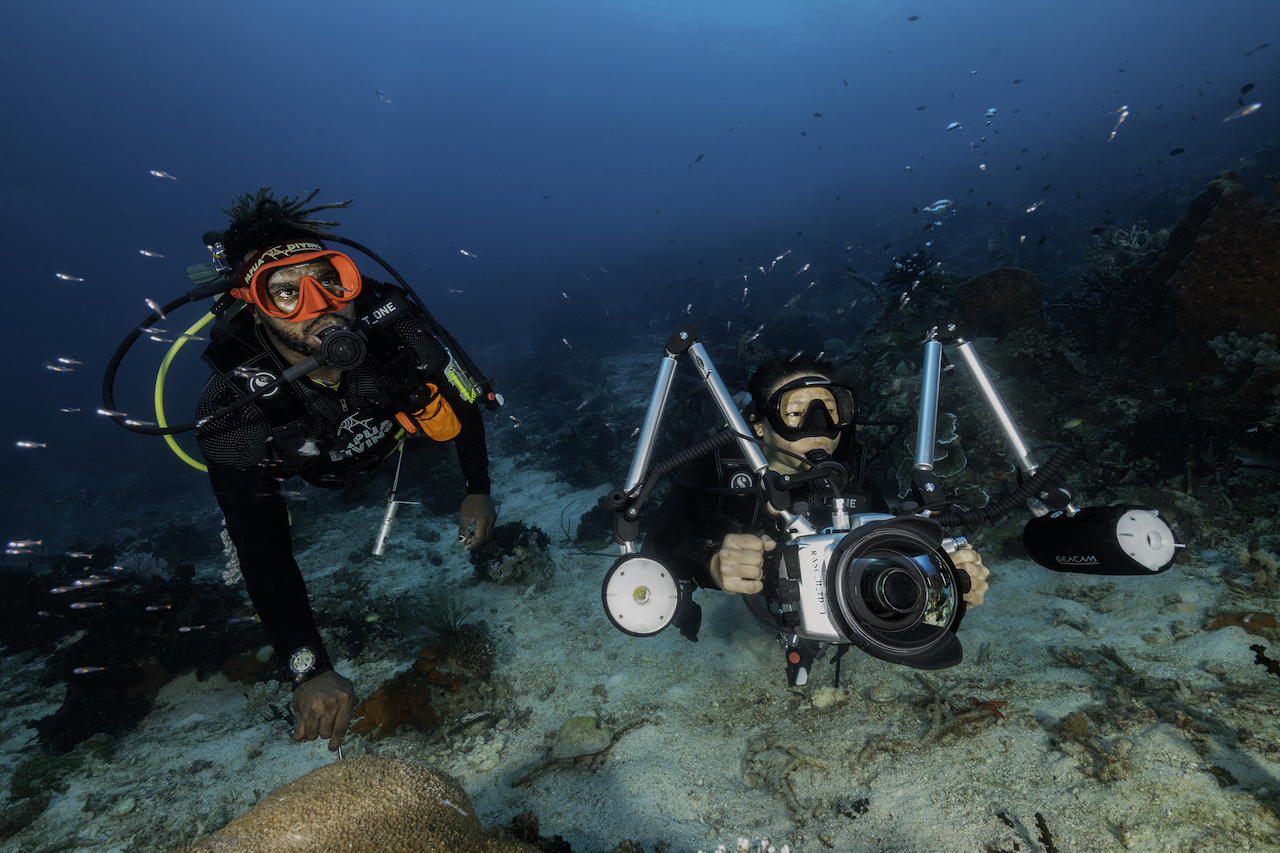When Is the Best Time of Year for Diving in Raja Ampat?
Raja Ampat offers great diving year-round. October–April brings plankton blooms and manta rays, while June–September offers the clearest visibility for photographers and videographers, though with fewer manta sightings.
Is Raja Ampat Good for Beginner Divers?
Yes. While some sites have strong currents best suited to experienced divers, Raja Ampat also offers beginner-friendly reefs with calm, shallow gardens. At Papua Diving Resorts, guides always perform a current check before every dive to ensure conditions are safe and enjoyable for all levels.
Can You Snorkel in Raja Ampat?
Absolutely. Raja Ampat offers some of the best snorkeling in the world, with vibrant reefs accessible right from the surface. At Sorido Bay Resort, the house reef alone provides incredible snorkeling opportunities with turtles, reef fish, and coral gardens just steps from shore.
Are There Endemic Species in Raja Ampat?
Yes, Raja Ampat is home to several species found nowhere else on Earth, including certain walking sharks, mantis shrimp, and reef fish. This endemism is part of what makes the region so important for marine conservation and photography.
How Many Dive Sites Are in Raja Ampat?
There are hundreds of dive sites in Raja Ampat, each with its own personality. Around Kri Island, highlights include Cape Kri, Blue Magic, Sauwandarek, and Sardine Reef, all within easy reach of Sorido Bay Resort.
Do I Need Special Equipment for Underwater Photography in Raja Ampat?
While any camera can capture the magic of Raja Ampat, photographers get the most from professional setups. The Raja Ampat SEACAM Center at Papua Diving Resorts offers high-end gear, dome ports, macro housings, and expert support to elevate your images.
